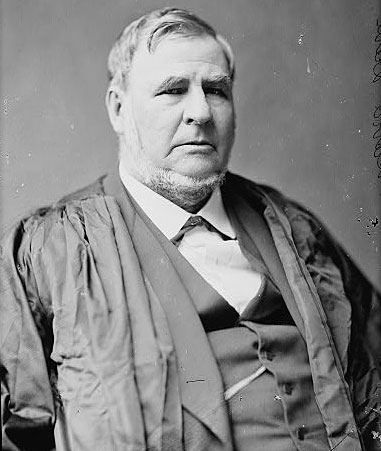In recent months, there has been increasing talk about restructuring the Supreme Court. Ideas previously confined to the fringes of political and academic debate have gone mainstream. Demands to rethink the way the Court operates have become particularly prominent among those on the political left who have been scarred by a series of recent setbacks: the Republican refusal to hold hearings on Merrick Garland during Barack Obama’s last year in office, culminating in the appointment of the reliably conservative Neil Gorsuch to the vacant seat; last Term’s string of highly consequential conservative 5-4 rulings; and, most recently, the Republican victory in placing Brett Kavanaugh on the Court after a spectacularly controversial and partisan confirmation process.
With the conservatives basically running the table over the past couple years when it comes to the Supreme Court, liberal activists, politicians, and commentators have been urging an array of Court reforms. In a series called “Rethinking the Supreme Court,” ISCOTUS will explore some of these proposals. In this post, we’ll look at term limits for Supreme Court justices.
The idea of abandoning life tenure for Supreme Court justices in favor of fixed terms is not particularly new. In the early 1980s, John Roberts, then a lawyer in the White House counsel’s office during the Reagan administration, expressed support for term limits. In 2006, law professors Steven Calabresi and James Lindgren wrote a lengthy law review article advocating this reform. But in recent years the idea seems to have gained strength. The most common proposal is for fixed 18-year terms for justices, staggered so that each President gets two appointments per four-year term.
The biggest challenge for this reform: most assume it would require a constitutional amendment, and it’s hard to envision getting the super-majority support required to make this happen. Yet recent polls show that a solid majority of Americans support term limits for Supreme Court justices, suggesting the possibility of a viable amendment campaign.
The leading advocate for term limits for Supreme Court justices today is a judicial reform organization called Fix the Court. Rather than a constitutional amendment, this group is pushing a proposal for term limits by congressional statute,.
The proposal, called the Regularization of Supreme Court Appointments Act, aims to “depoliticize and regularize the U.S. Supreme Court confirmation process.” The plan would allow the presidents to nominate a justice in the first and third year of each of their terms, which would eliminate the “randomness” of the confirmation process.
To get around the constitutional requirement that federal judges “hold their Offices during good Behaviour”—i.e., judicial lifetime tenure—Fix the Court’s proposal requires that when a new justice is appointed to the Court, the longest serving justice moves to the status of “Senior Justice.” A Senior Justice would no longer be a regular member of the Court. Rather, this justice would have a more limited role, serving on cases where there’s a conflict of interest for another judge; breaking ties on the most controversial cases; fulfilling vacancies that arise because a justice dies, retires, or is removed; and serving on lower federal courts.
According to Gabe Roth, Fix the Court’s executive director, the proposal “lower[s] the stakes in a way that would make each nomination seem less like partisan Armageddon.” He argues that such a reform would allow for the appointment of justices who are older, more experienced, and less ideological.
“Suddenly everybody wants to explore term limits for Supreme Court justices” Yale Law Professor Stephen Carter recently wrote. “Welcome aboard. I’ve been on that train for almost a quarter of a century.”
“At a time when American institutions seem increasingly fragile, a compromise like term limits for Supreme Court justices would be a much-needed vote for long-term stability,” writes Lee Drutman in Vox. “If not, the politics of Supreme Court appointments will only get worse.”
“The current system began, obviously, in the 18th century, when both politics and human lifespans were very different,” wrote David Leonhardt in the New York Times during the Kavanaugh hearings. “It’s time for a change.”
This post was written by ISCOTUS Fellow Michael Halpin, Chicago-Kent Class of 2020, and edited by ISCOTUS Editorial Coordinator Matthew Webber, Chicago-Kent Class of 2019, and ISCOTUS Co-Director and Chicago-Kent Faculty Member Christopher W. Schmidt.


